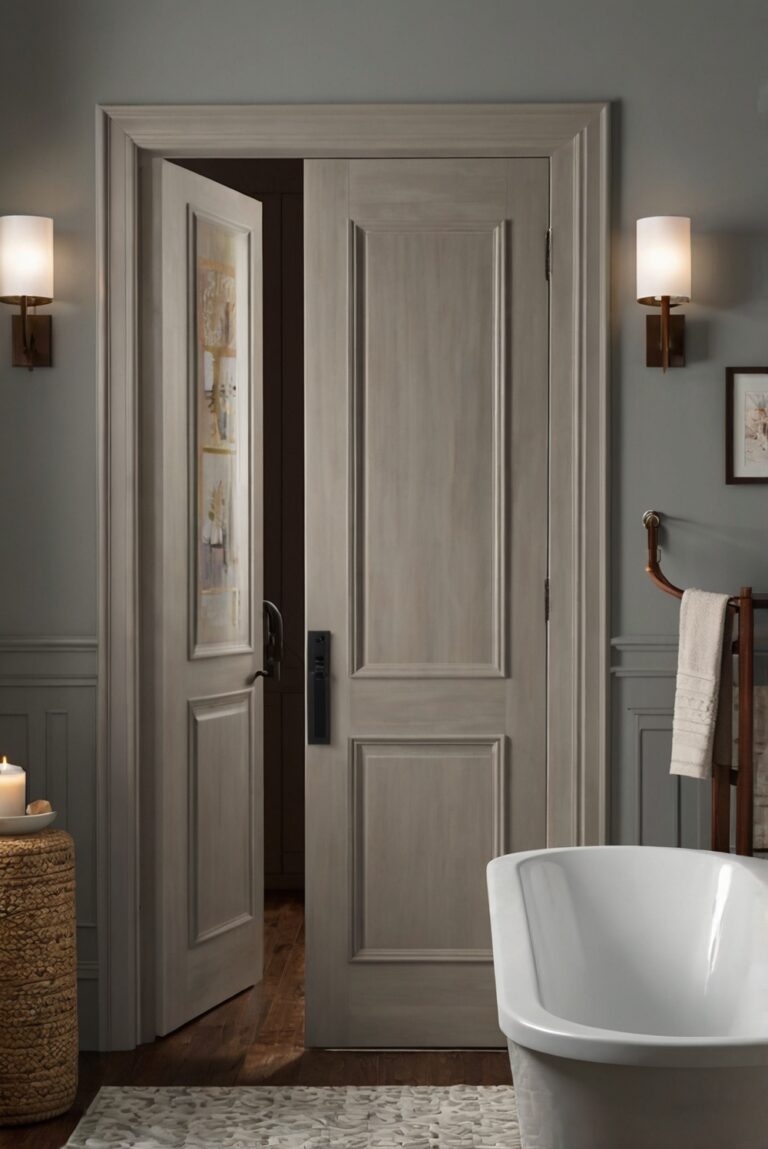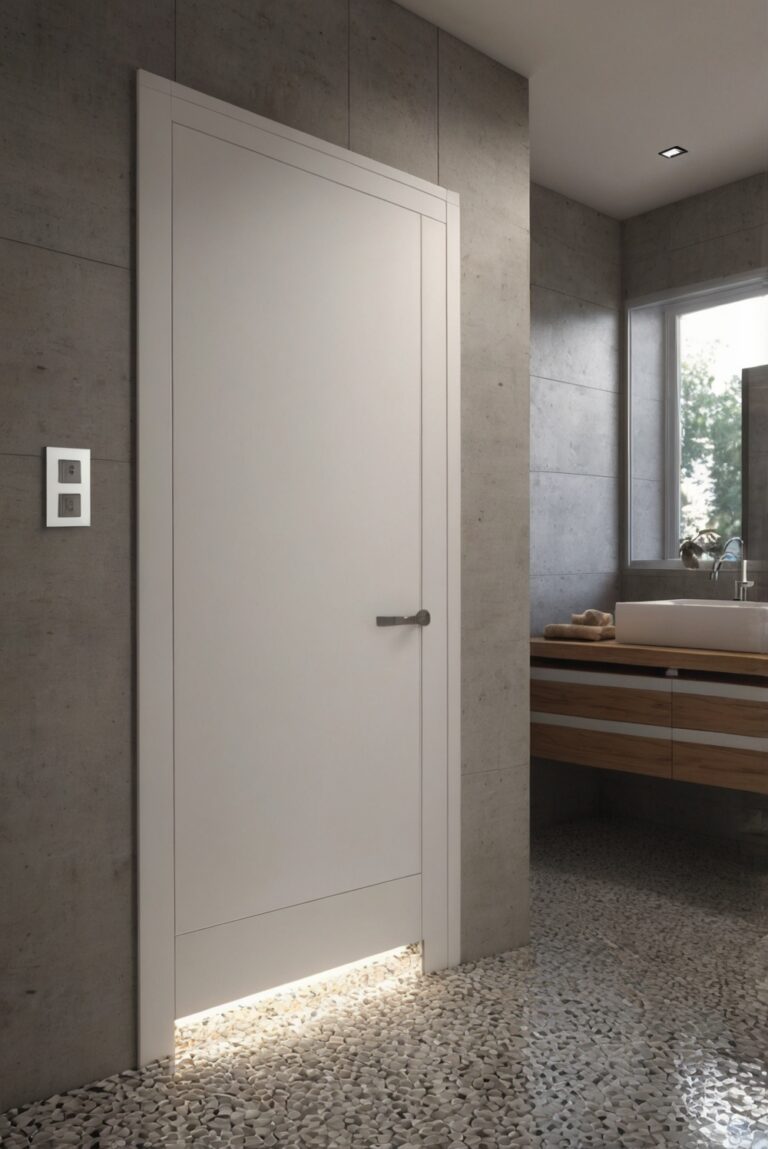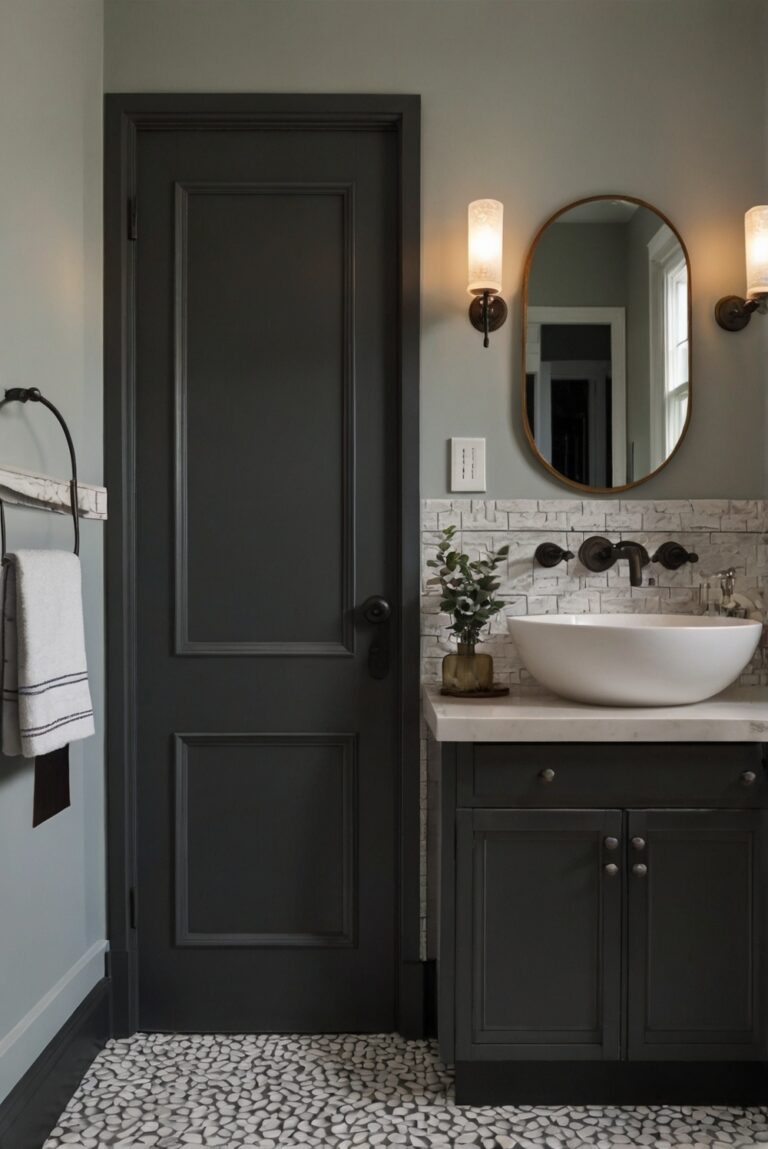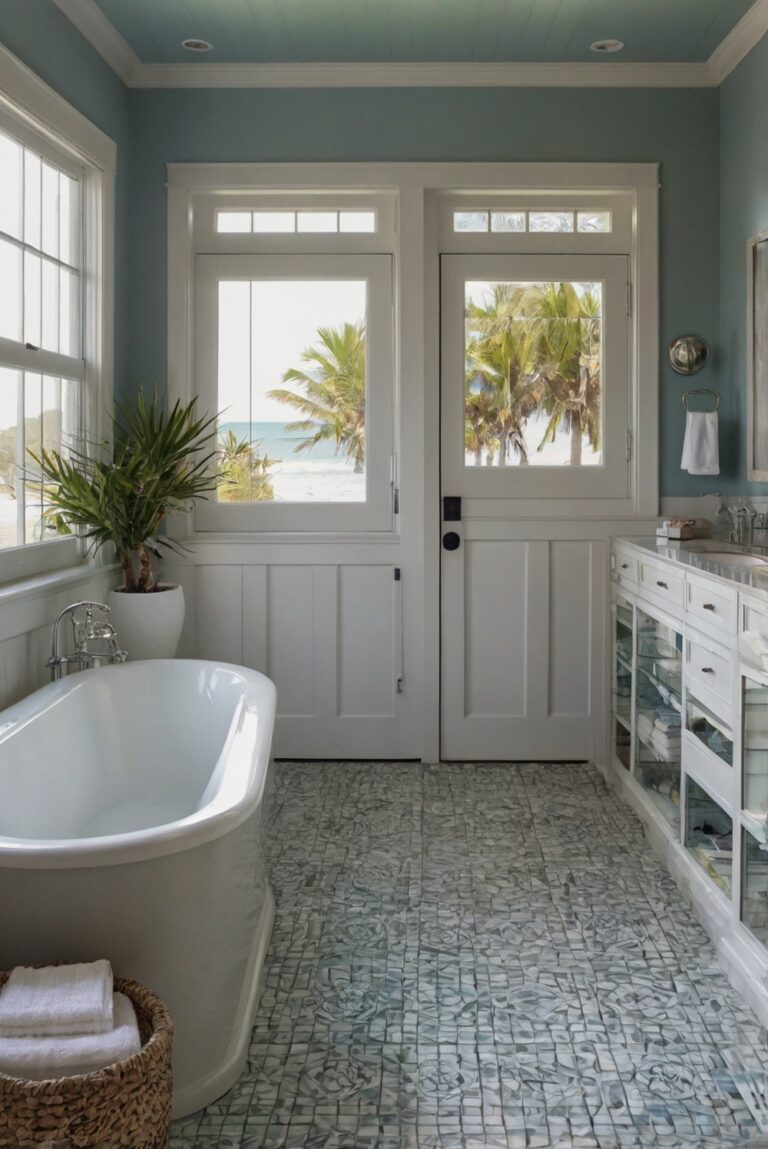Find out the perfect fit for your bathroom with a comparison between insulated and non-insulated doors in today’s interior design routine.
Insulated bathroom doors provide better soundproofing and temperature regulation compared to non-insulated ones. When choosing between the two, consider your priorities – if privacy and energy efficiency are crucial, opt for insulated doors. Non-insulated doors are more budget-friendly but may not offer the same level of comfort and quietness.
To make a decision, assess your bathroom’s location, usage frequency, and the overall design scheme of your home. A well-insulated door can enhance the aesthetics and functionality of your bathroom, contributing to a cozy and inviting space. Consult a home decor interior design expert for personalized recommendations tailored to your specific needs.
Insulated vs. Non-insulated Bathroom Doors: Which One to Choose?
When selecting a bathroom door, it is crucial to consider whether to opt for an insulated or non-insulated door. Both options have their advantages and drawbacks, so it is essential to weigh the factors before making a decision.
Importance of Insulation in Bathroom Doors
Insulated bathroom doors offer superior thermal efficiency compared to non-insulated doors. This means they can help maintain a comfortable temperature inside the bathroom, especially during extreme weather conditions. Insulated doors also provide better sound insulation, reducing noise transmission between rooms.
Key Points to Consider When Choosing Between Insulated and Non-insulated Doors
1. Climate: If you live in an area with extreme temperatures, insulated doors are a better choice to ensure energy efficiency and comfort.
2. Noise Reduction: If noise reduction is a priority, insulated doors can significantly reduce sound transmission.
3. Cost: Insulated doors may come at a higher cost initially, but they can lead to long-term energy savings.
4. Style and Design: Consider the aesthetic appeal of the door and how it complements the overall bathroom decor.
5. Maintenance: Insulated doors may require more maintenance compared to non-insulated doors.
Factors to Consider When Choosing a Bathroom Door
When deciding between insulated and non-insulated bathroom doors, it is essential to consider factors such as climate, noise reduction, cost, style, and maintenance. Insulated doors offer superior thermal efficiency and sound insulation, making them ideal for areas with extreme temperatures and noise concerns. However, they may come at a higher cost and require more maintenance. Non-insulated doors are a more budget-friendly option but may lack the same level of thermal and sound insulation. Ultimately, the choice between insulated and non-insulated bathroom doors will depend on your priorities and budget.
1. What are the benefits of insulated bathroom doors over non-insulated ones?
Insulated bathroom doors provide better temperature control and sound insulation compared to non-insulated doors. They help maintain a comfortable temperature in the bathroom and reduce noise transmission, offering more privacy. Insulated doors also have better energy efficiency, as they prevent heat loss or gain, leading to potential cost savings on heating and cooling bills. Additionally, insulated doors are often more durable and long-lasting, making them a practical choice for high-traffic areas like bathrooms.
2. How do I determine if I need an insulated or non-insulated bathroom door?
Consider factors such as the location of your bathroom, the climate in your region, and your budget when choosing between insulated and non-insulated doors. If your bathroom is near a frequently used area or exposed to extreme temperatures, an insulated door might be more suitable. However, if noise insulation and energy efficiency are not top priorities for you, a non-insulated door could be a cost-effective option.
3. Are there specific materials that work best for insulated bathroom doors?
Materials like solid wood, fiberglass, and steel are commonly used for insulated bathroom doors. These materials offer excellent insulation properties and durability, making them ideal choices for bathroom doors. Solid wood doors provide a classic look and can be customized to match your decor, while fiberglass and steel doors are more resistant to moisture and humidity, making them suitable for bathrooms.
4. Can I add insulation to an existing non-insulated bathroom door?
Yes, it is possible to add insulation to an existing non-insulated bathroom door. You can install foam insulation strips or panels on the door to improve its insulation properties. However, this may not be as effective as investing in a pre-insulated door, as retrofitting insulation may not provide the same level of thermal and sound insulation.
5. Are there any cost considerations when choosing between insulated and non-insulated bathroom doors?
Insulated bathroom doors are generally more expensive than non-insulated doors due to the additional materials and construction required for insulation. However, the long-term benefits of energy savings and increased comfort may outweigh the initial cost of insulated doors. Consider your budget and the potential savings in energy bills when deciding between insulated and non-insulated bathroom doors.







